TAKASAGO

MYJIN "Plucking a spray of plum
I deck my hair, CHORUS And petals, like spring snow, fall o'er my robe. Part II , scene 2.
INTRODUCTION Takasago is a kami-mai-mono (god-dance piece) belonging to the Waki Noh group which consists of plays of a congratulatory nature performed, as a rule, to celebrate some auspicious occasion. Takasago is generally regarded as one of the best examples of this type, by reason of its themethe legend of the twin pines of Sumiyoshi and Takasago personified by an ancient devoted couple who symbolizes longevity and conjugal fidelity. The spirit of the Sumiyoshi Pine for countless years crossed sea and mountain to pay a nightly visit to his wife who lived on the coast of the Bay of Takasago in Harima Province, and there held happy converse until the break of day. Although now white-haired, the bond which unites the couple defies time and age, endowing them with eternal vigour and beauty.
While primarily symbolical of longevity and conjugal fidelity, the twin pines also stand for the two great repositories of Japanese poetry, the Manysh According to its traditional role, poetry is one of the main instruments whereby the prosperity and continuity of the state may be ensured. In the present play the happiness and stability of Japan under the Imperial rule is, by implication, attributed to the observance of the high moral and aesthetic principles exemplified in the two anthologies. While in Part One the aged couple personify the twin pines, in the Interlude the Man of the Place (kygen) explains that, in effect, they are temporary manifestations of the two deities of Sumiyoshi and Takasago. In Part Two, however, the deity of Sumiyoshi alone appears in his divine form. At the beginning of the play a Shinto priest and his attendants are on their way by sea from Kysh to Miyako and land at the Bay of Takasago in order to visit its famous pine-tree. It is a spring evening and an aged couple are raking up the fallen needles under the pine-tree.
At the priest's request they tell him of the 'Twin Pines, and the reason why they take such care of them. Deeply moved by the tale, the priest decides to visit Sumiyoshi as well, and requests the Man of the Place to tell him how he can get there. Having embarked on a newly-built boat, he crosses the Inland Sea to Sumiyoshi, where upon arrival he is greeted by the apparition of the noble and youthful-looking deity of the place, and witnesses his performance of a kami-asobi (god-play). Takasago is a typical Waki Noh play except for the fact that in this particular play, the waki and the tsure are represented as a travelling priest and an old woman respectively, instead of as an Imperial messenger or courtier and as a man without a mask , as is usually the case. When presented on very formal occasions, Takasago, like most Waki Noh plays, is preceded by Okina, in which case the waki enters very solemnly. By reason of this special order of performance-' beside' ( waki) or after Okina-Waki Noh plays are so called.
It may also be performed without Okina and is then called Okina-nashi-no-den (presentation without Okina). Sometimes it is presented after the concluding piece as a shgen-no-shiki (congratulatory offering) at the end of a programme, the first part being then omitted, thus shortening the play to half a Noh (Han Noh). The costumes worn by the aged couple are particularly dignified to suggest the god-like nature of the two personages, and as befits the ceremonial nature of the performance. Evidence of the popularity of the play throughout the centuries is shown by the fact that it is still customary to chant the famous lines of the chorus in Part One at wedding ceremonies. The aged couple are frequently represented on kakemono (hanging scroll) and displayed on special occasions. Porcelain or carved figurines of them, antique as well as modern, are also quite common.
Author: Zeami Motokiyo (1363-1443) Source: The Preface to the Kokinsh contains a passage stating that the Takasago Pine and the Sumiyoshi Pine are believed to be Twin Pines, while the apparition of the deity of the Sumiyoshi Shrine is suggested by the two poems from the Ise Monogatari (Tale of Ise) quoted in Part Two.
TAKASAGO
Persons
| TOMONARI, PRIEST OF THE ASO SHRINE | Waki |
| TWO ATTENDANTS | Waki-zure |
| OLD MAN | Shite in Part One |
| OLD WOMAN | Tsure |
| MAN OF THE PLACE | kygen |
| MYJIN, DEITY OF THE SUMIYOSHI SHRINE | Shite in Part Two |
Place Takasago in Harima Province (Part One) Sumiyoshi (or Suminoye) in Settsu Province (Part Two) Season Spring PART ONE
While the entrance music shin-no-shidai is being played, TOMONARI , PRIEST of the Aso SHRINE, advances to the centre of the stage, followed by Two ATTENDANTS, who take up positions facing TOMONARI. The former wears a court minister's cap, heavy silk kimono, lined hunting robe, and white broad divided skirt. The ATTENDANTS are also similarly attired. TOMONARI and ATTENDANTS shidai To-day we don our travelling dress,
To-day we don our travelling dress,
Long is the journey before us. CHORUS To-day we don our travelling dress, jidori Long is the journey before us.
TOMONARI and ATTENDANTS
To-day we don our travelling dress,
To-day we don our travelling dress,
Long is the journey before us.  TOMONARI I am Tomonari, priest of the Aso Shrine in Higo Province in Kysh. Never having seen Miyako, I intend to journey thither and shall take the excellent opportunity thus offered me to visit the Bay of Takasago in Harima Province.
TOMONARI I am Tomonari, priest of the Aso Shrine in Higo Province in Kysh. Never having seen Miyako, I intend to journey thither and shall take the excellent opportunity thus offered me to visit the Bay of Takasago in Harima Province.  TOMONARI and ATTENDANTS michi-yuki Clad in travelling attire To-day we take boat
TOMONARI and ATTENDANTS michi-yuki Clad in travelling attire To-day we take boat
And set out for distant Miyako,
And set out for distant Miyako.
Soft spring breezes belly our sails;
Gazing ahead and behind,
For days past count
Naught can we see save clouds and sea,
Till what once seemed remote
Now drifts into view
And Takasago Bay is reached at last,
And Takasago Bay is reached at last. TOMONARI Travelling in haste, we have now reached Takasago. Let us stop here awhile and enquire about this place.
ATTENDANTS As you will, sir. Moves to the Waki Seat while the ATTENDANTS sit on his right While the entrance music shin-no-issei is being played, the OLD WOMAN carrying a besom, followed by the OLD MAN carrying a rake, appears on the Bridgeway. The OLD WOMAN stops by the First Pine and the OLD MAN by the Third Pine. The OLD WOMAN wears an 'old woman' mask, 'old woman' wig, painted gold-patterned under-kimono, not-red' brocade outer-kimono, and broad-sleeved robe; the OLD MAN an old man' mask, 'old man' wig, small-checked under-Kimono, and broad-sleeved robe and white broad divided skirt.  OLD MAN and OLD WOMAN issei The spring breezes Murmur in the Taka-sago Pine.
OLD MAN and OLD WOMAN issei The spring breezes Murmur in the Taka-sago Pine.
The day is closing in,
And the bell on the hill
Tolls the curfew. OLD WOMAN The shore mists veil the waves OLD MAN and OLD WOMAN That with their voices tell
The sea's ebb and flow.
OLD MAN Who is now left that knew me well? sashi This Takasago Pine, Though venerable indeed,

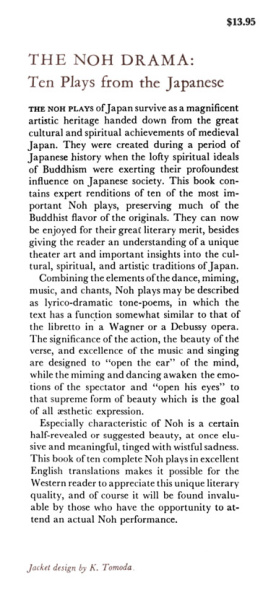
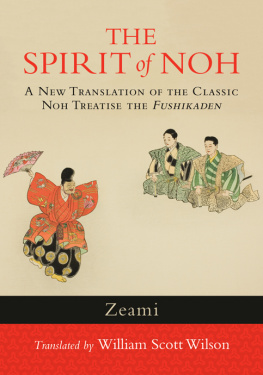




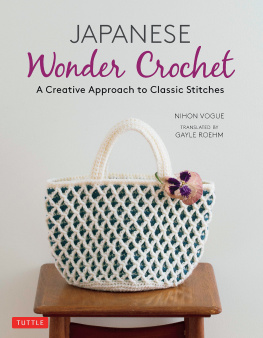
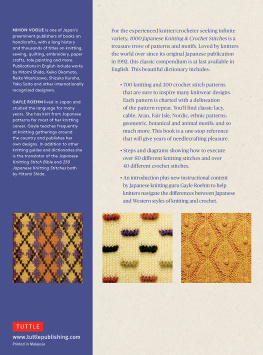
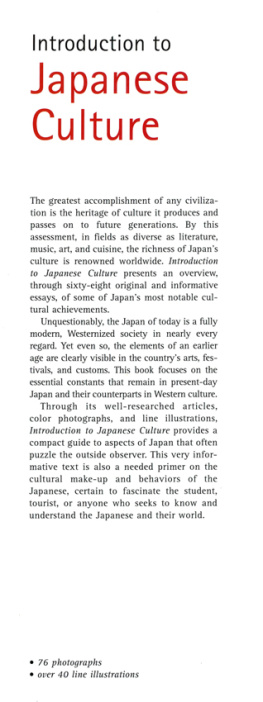

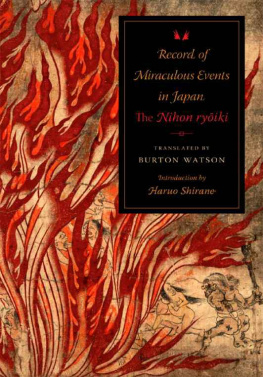


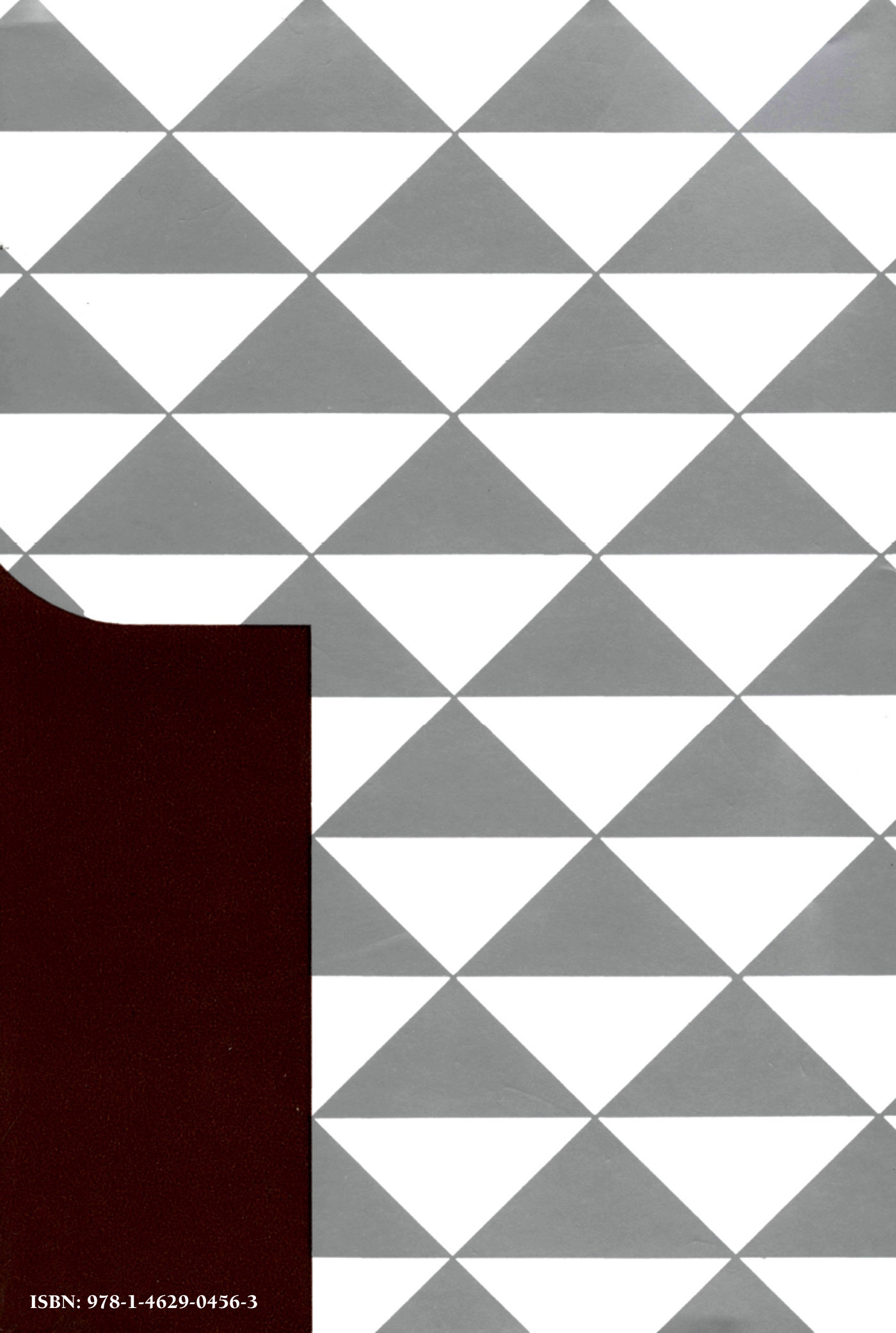
 MYJIN "Plucking a spray of plum
MYJIN "Plucking a spray of plum TOMONARI I am Tomonari, priest of the Aso Shrine in Higo Province in Kysh. Never having seen Miyako, I intend to journey thither and shall take the excellent opportunity thus offered me to visit the Bay of Takasago in Harima Province.
TOMONARI I am Tomonari, priest of the Aso Shrine in Higo Province in Kysh. Never having seen Miyako, I intend to journey thither and shall take the excellent opportunity thus offered me to visit the Bay of Takasago in Harima Province.  TOMONARI and ATTENDANTS michi-yuki Clad in travelling attire To-day we take boat
TOMONARI and ATTENDANTS michi-yuki Clad in travelling attire To-day we take boat OLD MAN and OLD WOMAN issei The spring breezes Murmur in the Taka-sago Pine.
OLD MAN and OLD WOMAN issei The spring breezes Murmur in the Taka-sago Pine.